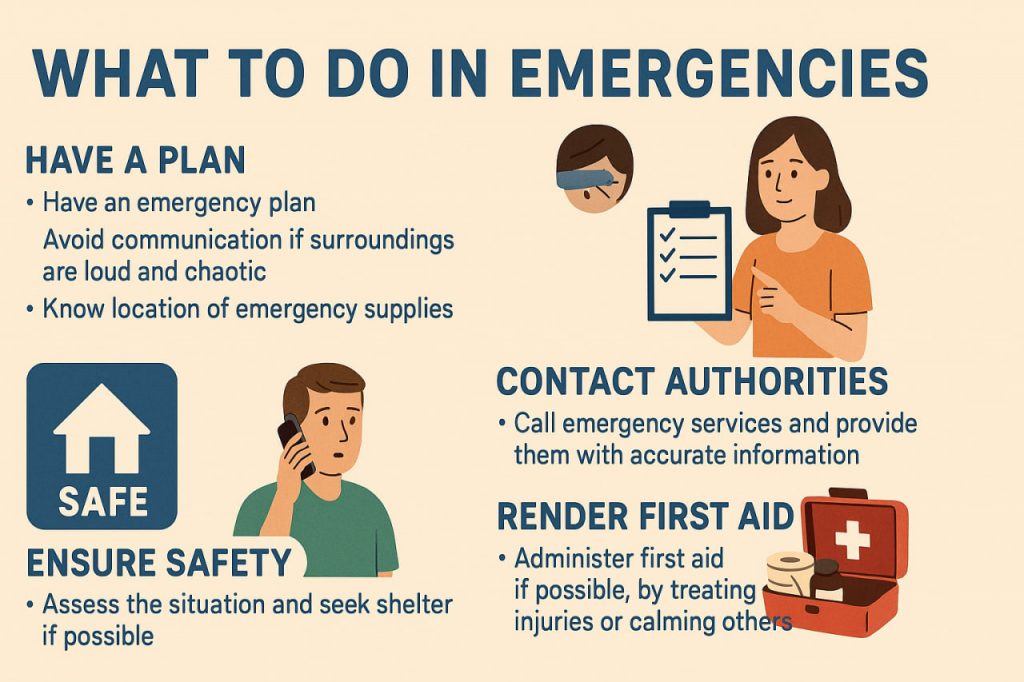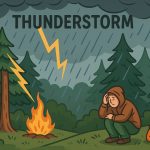In any emergency situation, staying calm and acting quickly can save lives. Whether it’s a natural disaster, fire, accident, or sudden health crisis, preparedness and clear thinking are the keys to survival. Knowing what to do before, during, and after an emergency helps minimize panic and ensures everyone’s safety. Every household should have a plan that includes emergency contacts, meeting points, and basic supplies.
Basic Steps to Follow
The first rule in any emergency is to remain calm and assess the situation. Panic clouds judgment and can lead to mistakes. If possible, remove yourself and others from immediate danger. Contact emergency services as soon as you can and clearly describe what happened, your location, and if anyone is injured. If someone is hurt, provide first aid only if you are trained. If not, focus on keeping the person stable until help arrives. Avoid using elevators during fires or earthquakes, and always follow official instructions from emergency authorities.
Essential Emergency Kit
An emergency kit should always be ready in your home, car, or workplace. It must include bottled water, non-perishable food, a flashlight, spare batteries, a first-aid kit, a portable charger, a whistle, a blanket, and essential medicines. Important documents like passports, ID cards, and medical information should be kept in waterproof containers. Regularly check expiration dates and replace used or outdated items.
Communication and Evacuation
During disasters, communication networks may fail, so agree on a family communication plan in advance. Identify a safe meeting point and ensure everyone knows how to get there. Keep a list of emergency contacts in both digital and printed form. When authorities issue an evacuation order, follow it immediately. Delaying evacuation can lead to being trapped or cut off by dangerous conditions.
Psychological Readiness
Emergencies can be emotionally overwhelming. It’s normal to feel fear or confusion, but training and mental preparation reduce stress. Practice drills regularly and teach children what to do in specific situations. After the event, focus on emotional recovery—talk about what happened, stay connected with others, and seek professional help if needed.
After the Emergency
Once the immediate danger is over, check for injuries and damage before re-entering buildings. Avoid touching downed power lines or broken gas pipes. Follow news and official updates for further instructions. Support your community—help neighbors, especially the elderly or those with disabilities. Learning from each experience will make you more resilient next time.
Interesting Facts
- Studies show that people who practice emergency drills are 40% more likely to react correctly during real disasters.
- The average household needs at least three days’ worth of food and water to survive without external help.
- In Japan, schools conduct regular earthquake and fire drills, which has significantly reduced casualties in urban disasters.
Glossary
- Evacuation — the process of moving people from a dangerous place to safety.
- First aid — immediate medical care given before professional help arrives.
- Resilience — the ability to recover quickly from difficulties or shocks.
- Non-perishable food — food that can be stored for long periods without spoiling.
- Emergency services — official organizations such as police, fire departments, and medical teams that respond to crises.


